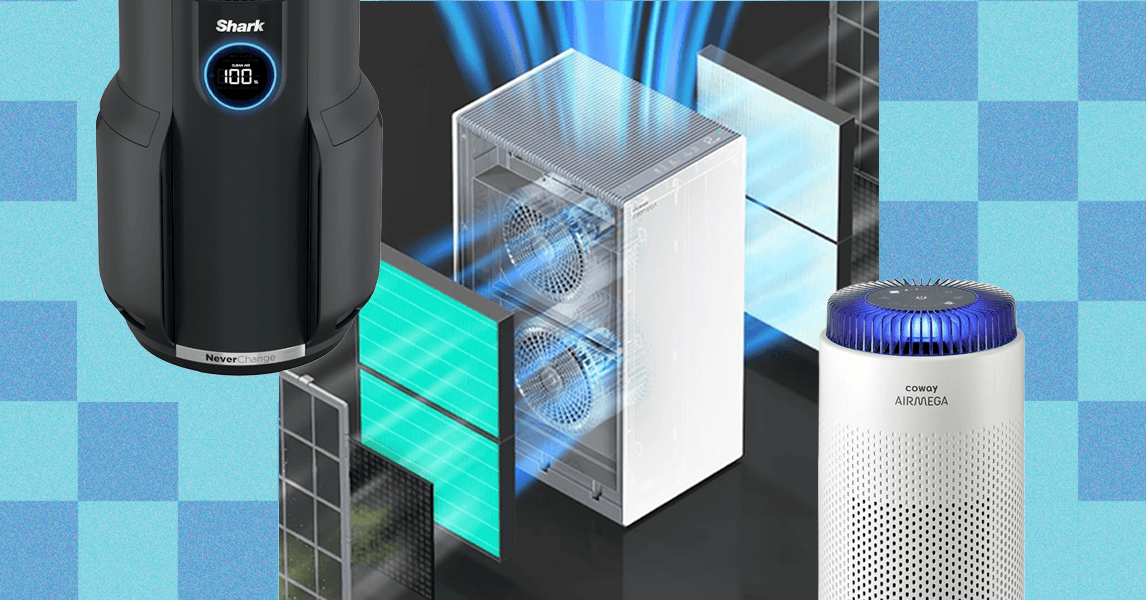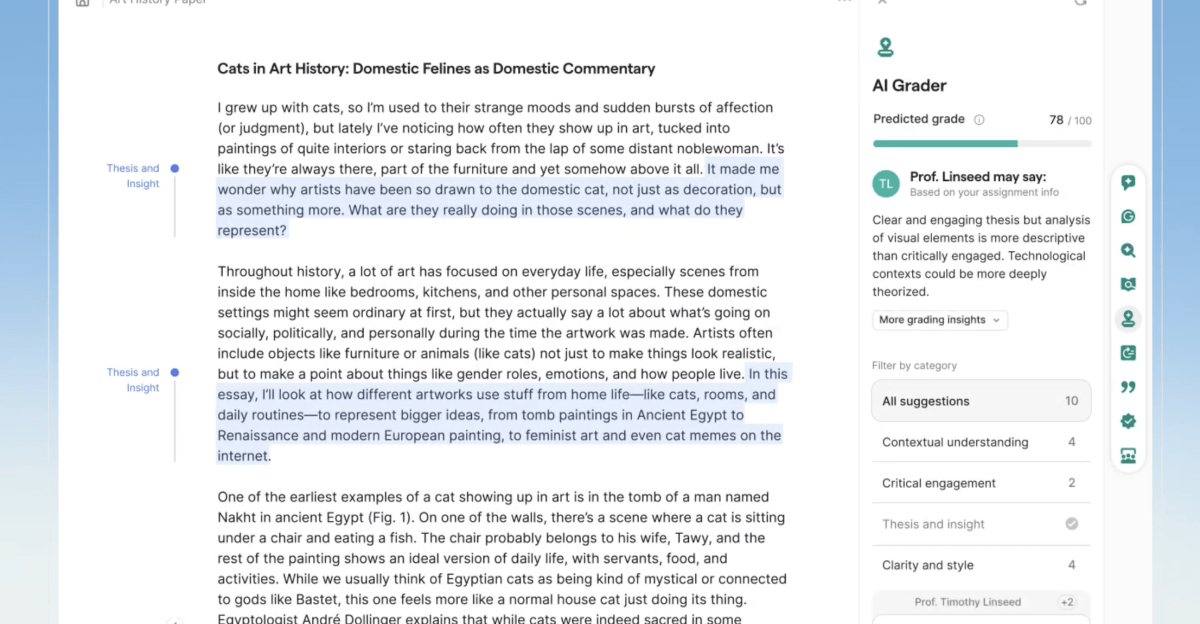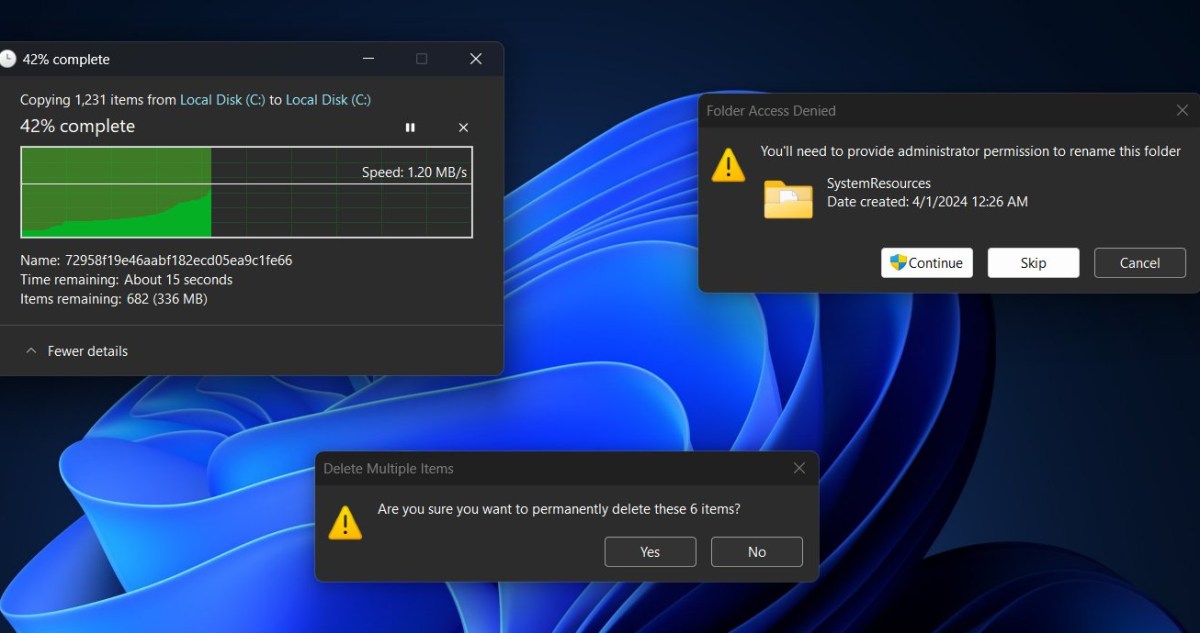If I put a box on its side and cannot grasp the product to lift it from its box, then that’s the first strike. WIRED considers accessibility, and this means handles and wheels on heavier air purifiers. When I review a unit, I think about those with less upper body strength moving the appliances, and whether they’d be able to maneuver it around their home. I move air purifiers all around my apartment; I shouldn’t have to bend at the knees to adjust a purifier’s location.
After an air purifier is unboxed, it’s time to pair it with its app. Not all the air purifiers WIRED tests have an app, but if one does, the pairing process should not be complicated, nor should it require a lot of time. The best user experience is when an air purifier has a QR code that opens the app and adds the device. An app with a simple dashboard, graph that corresponds to the AQI color codes, and a smart remote is usually all that’s needed, though it’s a bonus if the app gives the filter life expectancy.
I prefer a simple power bar design that shows the percentage of filter life used. And while air purifier models give recommendations for when to replace the filter, like every six months, or when the replace filter indicator light glows on the appliance, nothing beats the heads-up of knowing exactly how much filter life has been used.
Internal Air Sensors, Lights, and Scores
While some air purifiers had internal air sensors when I first started testing in 2018, the majority of current purifiers we test now have them. If the purifier has internal sensors, there is usually an indicator light. Next question: Does the air purifier have an easy-to-see or read indicator light or air quality index (AQI) score? If it’s a smart air purifier, then the sensor’s readings feed into the device’s app. And I prefer an indicator light that follows the EPA’s color codes for the air quality index. That means green for good air, yellow for moderate, orange for unhealthy for sensitive groups, red for unhealthy, purple for very unhealthy, and maroon for hazardous. There are some companies, like Coway, that have their own take on the color codes, which can be confusing.
While Coway’s air purifiers are consistently WIRED’s top-rated picks, if I could change one thing about them, it would be their custom color scale, where blue means good and green means moderate. More and more air purifiers are also displaying their internal sensors’ air quality numbers. Most times, air purifiers will show a reading of PM 2.5. If the internal sensor senses an uptick in PM 2.5, the auto mode will trigger a higher fan speed, the indicator light might show orange and red along with the PM 2.5 number like 100. I should be able to see that light across the room, and the numbers should be easy to read.
Then there are some models, like those from Shark, that use their own scoring system. A score of 100 represents good air on the display of Shark’s NeverChange, for example, but 100 PM 2.5 would be considered unhealthy.
Noise and Size Matter
I think the labeling on air purifiers is confusing on purpose. Often the square footage listed on a product is for one air exchange per hour at the purifier’s highest setting. An air exchange is how many times an air purifier can clean the air of a room in an hour. The US Centers for Disease Control and Prevention recommends five air exchanges an hour. If you have a 200-square-foot room, your air purifier needs to be able to pull the air of the room into the filter using the fan. That air runs through the filter, PM 2.5 and VOCs are captured by the filter, and the clean air is released back into the air at least five times in an hour. Often, WIRED won’t recommend air purifiers that can only clean unusually small spaces. And while those cute tabletop or miniature air purifiers seem like an easy solution, they are usually too tiny to effectively clean the air in an average-size room.
WIRED also uses a decibel meter to check the manufacturer’s decibel claims. Most of the time, the decibels are close to those listed on the purifier’s user manual. Sometimes they are louder. What’s too loud? The hum of a refrigerator is somewhere between 40 and 50 decibels; a conversation is around 60 decibels. Ideally, an air purifier should be able to clean the air in your room five times an hour without sounding like a conversation. And if an air purifier is louder—a lot louder—than the manufacturer claims, we’ll include that in our review or won’t recommend it.
If an air purifier is too loud at its highest fan setting, users are likely to turn down that fan speed to a quieter and less effective setting, rendering the air purifier into nothing more than a wellness prop. Another issue WIRED takes into account is when the air intake overpowers the external vents, causing unsightly clumps of pet hair to accumulate on the outside of the air purifier.


















Leave a Reply